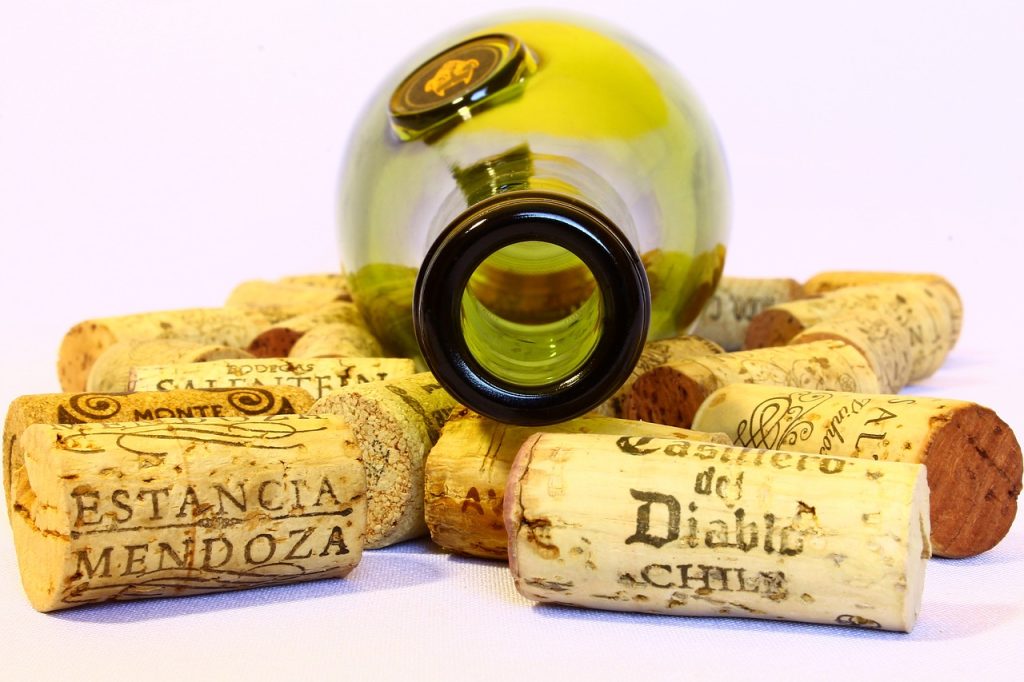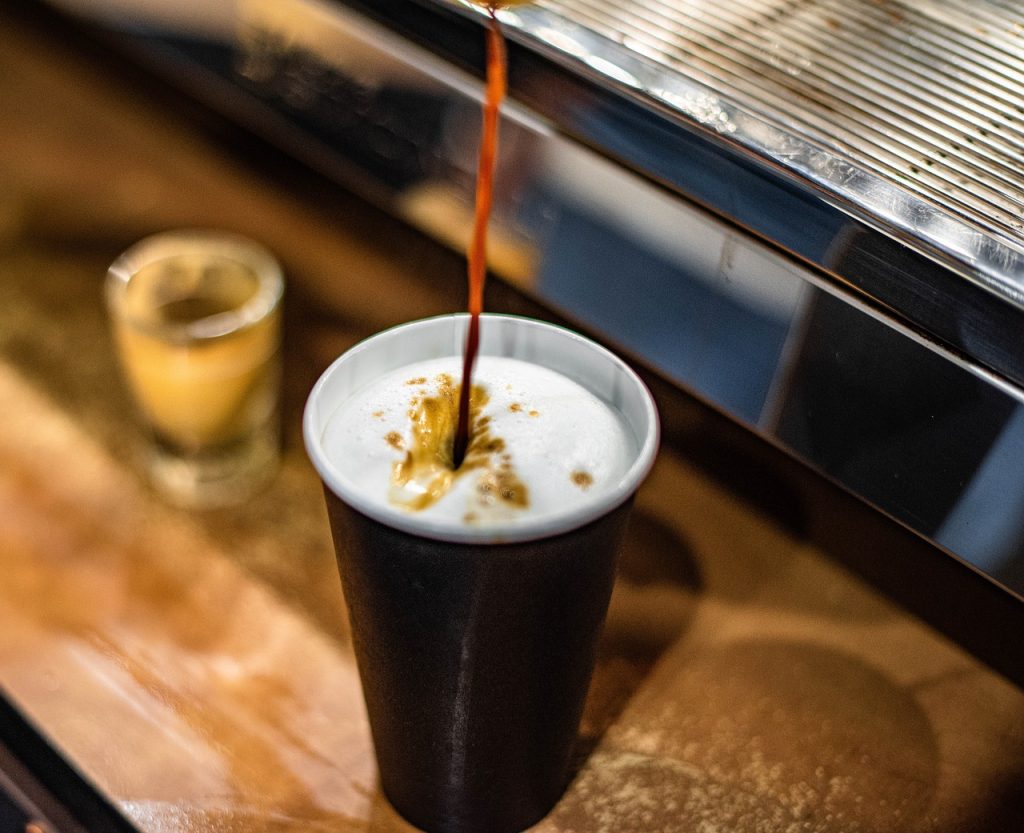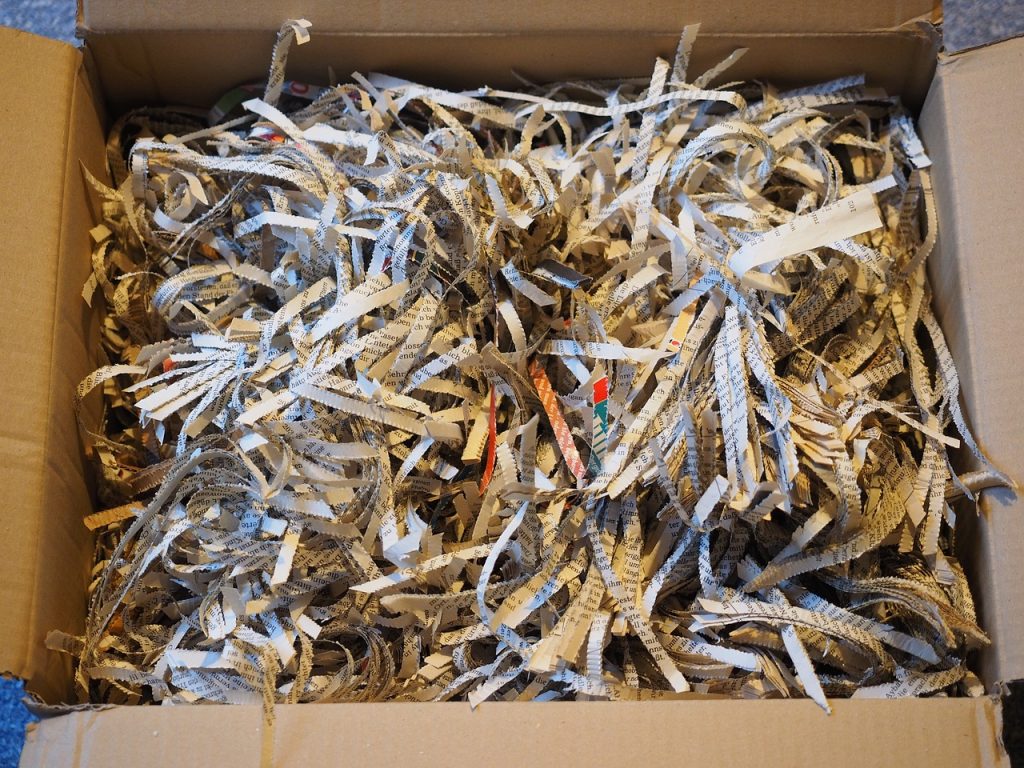- Rinse wine bottles to remove any residue.
- Separate the recyclable parts: bottle glass, metal caps, or lids.
- Check local recycling guidelines for specific requirements.
- Place wine bottles in recycling bins designed for glass.
- If possible, separate bottles by color (colored vs. clear glass).
- Consider upcycling bottles for creative DIY projects.
- Always prioritize reducing and reusing before recycling.
Understanding Reduce, Reuse, Recycle: A Close Look at Recycling Wine Bottles
Did you know that wine bottles can be recycled? If you’re a wine connoisseur, you likely have a collection of empty wine bottles lying around, and you’re probably wondering what’s the best way to recycle wine bottles. Don’t just toss them in the trash; it’s time to start recycling wine bottles using a method known as commingled recycling.
Understanding reduce, reuse, recycle, particularly when it’s about recycling wine bottles, starts with recognizing the environmental footprint we leave by throwing away recyclables. Each bottle that’s recycled reduces the energy needed for producing new bottles, thus reducing harm to our planet. That’s how crucial it is to recycle, but how exactly do you do that with all your wine bottles?
Firstly, when it comes to empty wine bottles, you can repurpose them as creative home décor or craft projects. It’s an innovative approach to reducing waste and creates a unique aesthetic in your space. But don’t sweat if you’re not into DIY crafts. There’s still a way to recycle your wine bottles responsibly. Simply put them into recycling bins designed for glass.
Be mindful that not all recycling bins accept wine bottles directly. Some recycling facilities use split systems, requiring different materials to be separated. When that’s the case, wine bottles go into the glass section. It’s always good to check your local recycling guidelines to avoid any confusion and ensure your bottles are being recycled.
Additionally, rinse your wine bottles before tossing them into the recycling bin. It’s a simple step that makes a huge difference in the recycling process. Particles left behind in unwashed bottles can contaminate entire recycling loads, leading to more waste. So it’s important, while it’s one more step, to ensure your bottles are rinsed thoroughly before dropping them off to be recycled.
So next time you’re enjoying a bottle of wine, think twice before disposal. You can do your part in conservation by recycling wine bottles, either through creative repurposing or commingled recycling. It’s not just about wine cooling and enjoying the taste of your favorite bottle—it’s also about taking responsibility for our environment. Remember, every bottle counts in the grand scheme of recycling.
Homemade Wine: Learn How to Recycle Glass Bottles Effectively
If you’re a fan of homemade wine-making, you likely have a collection of empty wine bottles piling up. You might be wondering how to recycle these effectively. If you take a step back to consider the possibilities, you’ll find that recycling your old wine bottle collection can be both simple and rewarding.
There’s more to recycling wine bottles than just putting them out with your regular recycling collection. Although this is an option, there are several creative and fun ways to recycle them. You can use these bottles to create beautiful home decor pieces or practical items for your home. Take for example, using empty wine bottles to make DIY candle holders or bird feeders. Or even turning them into a unique glass chandelier.
As you dive into the world of homemade wine and bottle crafting, you’ll realize that glass, especially from wine bottles, is quite versatile. It’s hard and sturdy, but can be cut and molded given the right tools. One of the most important things to consider before you start repurposing is to ensure that the bottles are thoroughly cleaned. This not only involves rinsing the insides but also taking care to remove any remaining paper labels or adhesive on the outside.
If you aren’t inclined towards crafting and prefer to recycle your bottles traditionally, it’s essential to understand the recycling process, how it works, and the best ways to prepare your bottles. Make sure the glass bottles are empty and cleaned out as any residual wine can contaminate other recyclables. It’s also best to separate the bottles by color, as colored glass and clear glass are recycled differently.
Keep in mind that not all recycling centers accept glass, and those that do may have specific requirements for how it’s to be recycled. To find out the best ways to prepare your wine bottles for recycling, it’s always smart to research or reach out to your local recycling center.
In the end, trying to recycle your empty wine bottles, whether through crafting or traditional recycling methods, is beneficial in many ways. Not only is it a great way to reduce waste and help the environment, but it also gives you another way to enjoy the wine-making process. After all, homemade wine is so much more than just how it tastes—it’s also about the creativity and effort that goes into every bottle.
How to Be a Responsible Citizen: Fostering Recycling Systems Throughout the County
As a responsible citizen, it’s vital to adopt good habits, such as proper waste management, including the recycling of wine bottles. In Buncombe County and beyond, public efforts to support recycling are growing. By recycling wine bottles regularly, we’re fostering recycling systems throughout the county that contribute to a healthier environment.
Recycling isn’t just about tossing your trash into recycling bins. It’s a more comprehensive process that involves reducing, reusing, and recycling to minimize waste. In the past, we’ve taken a close look at recycling wine bottles, emphasizing that it’s not just about disposing of them but also learning how to recycle them effectively. Now, it’s time to understand how this ties into the bigger picture of being a responsible citizen.
Begin by reducing the number of wine bottles you accumulate. Ask yourself, do I need to buy a new bottle or can I reuse an old one? This question is the inception of developing a culture of recycling – which is not only about recycling existing waste but also reducing future waste.
The next step is reusing. Consider this: instead of discarding old wine bottles, why not convert them into homemade wine vessels? This is a creative and fun way of reusing that lets you keep your enjoyment of wine and bread (another favorite that can be reused in innovative ways) without adding to waste. Reused wine bottles can give your homemade wine a rustic, personal touch. As for bread, stale pieces can be recycled into everything from croutons to breadcrumbs.
But what if you can’t reduce or reuse? That’s when recycling comes in. Take any leftover wine bottles, along with other recyclable materials, to recycling bins in your local area. In Buncombe County, multiple drop-off locations accept wine bottles for recycling. Remember, we’re aiming to foster recycling systems throughout the greater county area.
Each recycled wine bottle you contribute reduces pollution and saves resources. Plus, recycling doesn’t stop at wine bottles and bread. By understanding and enacting the philosophy of reducing, reusing, recycled items can be transformed into valuable resources. This crucial process contributes significantly to waste management throughout the county.
Recycling wine bottles, or any other recyclable items, is about more than ‘being green’. It’s an integral part of being a responsible citizen and steward of our environment. By fostering sustainable recycling systems, we’re helping take care of our local and global communities. So next time you enjoy a bottle of wine and some bread, remember – recycle, recycle, recycle!
Go Beyond Paper and Cans: Make Your Wine Bottle Recyclable
When it comes to recycling, you have likely heard the mantra: “reduce, reuse, recycle.” You’ve probably focused primarily on paper and cans. Yet, we must go beyond this. Did you know you can make your wine bottle recyclable? Yes, your bottle collection of wine can have a life beyond toasting and social get-togethers. Wine bottles can indeed join the recycling movement.
So, let’s take a step-by-step look at how you can recycle wine bottles effectively. Don’t be mistaken by the thought that only paper, cans or certain plastics are recyclable. The beauty of glass—including your wine bottles—is that it can be recycled endless times without losing its quality or purity. A recyclable wine bottle can contribute to the circular economy that we’re all aiming for in a world where sustainability is more than just a buzzword.
First, you need to understand the recycling process for wine bottles. Any bottle, be it wine or otherwise, should be rinsed clean of any residues. The cleaner your recycled goods are, the easier it is for the recycling systems. Remember, it’s not just about getting recycled, we have to ensure they are recycled properly.
Once you’ve rinsed, you then need to separate the recyclable parts: the bottle glass itself, and the metal caps or lids if there are any. Remember that it’s important to follow the recycling rules in your county. Different areas have different guidelines regarding broken glass, bottle caps, and labels, so do take the time to understand these. Your responsibility as a citizen is to ensure that you are complying with them to foster smooth recycling processes throughout the county.
Also, consider upcycling if you have a creative knack. Remember the saying, ‘One man’s trash is another man’s treasure’? That holds true for your wine bottles too. You can make beautiful lamps, flower vases, or decorative pieces out of them. Homemade recycled bottle art can not only reduce waste but also add a personal touch to your home decor. This is another aspect of how you can make your wine bottles recyclable.
It may seem like a lot of effort to recycle wine bottles, and you might be asking, “Why should I bother?” The answer lies in the bigger picture. Making your wine bottles recyclable means that you’re contributing to the reduction of waste in our environment. That’s a big step towards a sustainable future. So next time you enjoy a bottle of wine, think about its life beyond the cellar. It’s time to make your wine bottle recyclable and join the recycling movement.
Get Creative: DIY Ways to Re-use Wine Bottles With Service
If you’re a wine enthusiast, you’re likely to have a collection of wine bottles. But did you know that, beyond recycling, there are other creative ways to put them to use? Yes, you read right. You don’t have to throw away those containers. Recycling wine bottles can be much more than just turning them into recycled products ready for re-use, it can also involve re-purposing them in DIY projects. Remember, when we talk about recycling, we’re not just talking about taking them to a recycling center. We’re talking about redefining the life cycle of that bottle. We’re committed to service, fostering responsible practices throughout the county.
So, how exactly do you get creative with wine bottles? Well, there are loads of ways to upcycle your old bottle collection. Wine bottles are perfect for DIY projects as they come in various shapes, sizes and colours. You could create beautiful candle holders, or even a special wine bottle lantern for your yard. You can paint, fill, or even cut your wine bottles to turn them into decorative pieces for your home. And if you’re not so crafty, there’s certainly a service that can help transform your wine bottles into interesting pieces.
Moreover, recycling wine bottles is much more than just a fun activity; it’s your way of participating in the larger fight against waste. Bottles, like most glass containers, can be recycled indefinitely. However, according to the Container Recycling Institute, only 33% of all glass containers are recycled. The rest end up in landfills, where they will never decompose. By reusing wine bottles creatively, you’re helping avoid this waste and making your own contribution towards recycling systems.
Perhaps you’re thinking, why stop at wine bottles? That’s a good point. Go beyond paper and cans, and consider how you might recycle other everyday items in your home. If everyone took a moment to understand the “Reduce, Reuse, Recycle” principle—a close look at every product we use, including wine bottles—we could significantly minimize our environmental impact. So, make your wine bottles recyclable, get creative with them, learn how to recycle efficiently and ultimately, be a responsible citizen.
In conclusion, transforming your collection of ruffled wine bottles into charming and functional creations is both rewarding and environmentally friendly. Next time you uncork a bottle of wine, consider the journey that container can take. It’s about more than just recycling—it’s about service to our beautiful planet.




